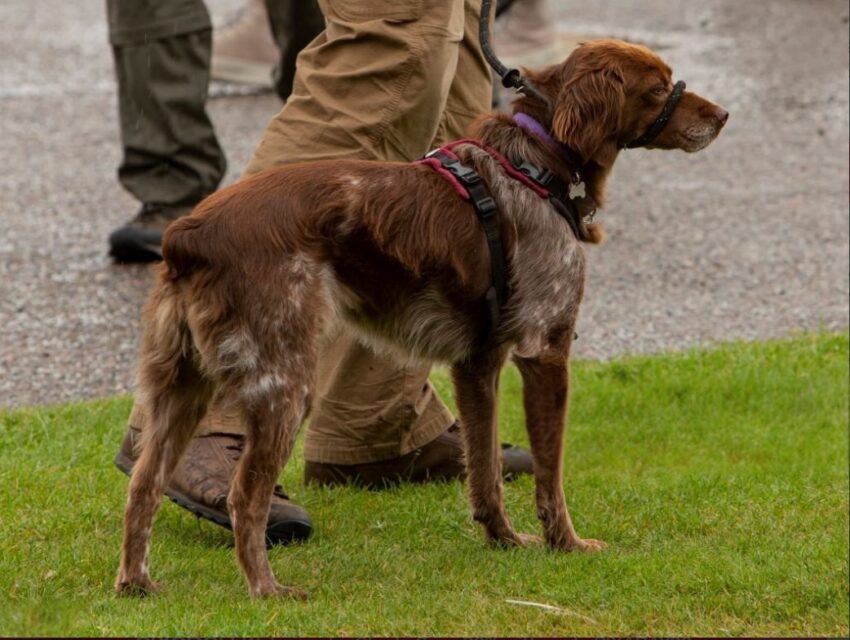Developing a retriever for hunt tests involves a structured progression of training, exposure, and evaluation. Participation in hunt tests provides both a benchmark for a dog’s ability and a platform to reinforce desired behaviors in simulated hunting scenarios.
Early Lessons and Realistic Expectations
In the early stages, young retrievers may exhibit unpredictable behavior during upland or waterfowl training. It is not uncommon for early test attempts to fail due to immaturity or distractions. For example, dogs may chase non-target distractions or struggle with quartering and flushing techniques. This is part of the learning curve and highlights the importance of readiness before entering competitive environments.
Experienced handlers recommend delaying participation in upland hunt tests until a retriever has developed consistent control and maturity. This avoids reinforcing conflicting behaviors, such as running straight lines during basic training versus encouraging zigzag patterns in upland work.
Structured Training Progression
As a retriever progresses, test environments can help reveal specific training needs. Tests that include walk-ups, diversions, cold blinds, and honor requirements expose weaknesses in line manners, marking ability, and response to whistle or voice commands. These components should be addressed through targeted training sessions outside of test days.
Encounters with test setups that mimic real hunting conditions, such as water stands, dense cover, or unique terrain features, are especially beneficial. Repeated exposure to these elements helps retrievers build confidence and improve performance over time.
Responding to Test Challenges
Handlers must be prepared to adapt based on test outcomes. For instance, a failure to accurately mark may suggest the need for check-down drills or attention to memory development. Similarly, creeping or breaking on marks indicates a need for steadiness reinforcement.
Not every test succeeds, but even unsuccessful runs offer critical insight. Over time, consistent practice, reflection, and adaptation to each retriever’s learning style contribute to overall development and preparedness for higher levels of hunt testing.
Summary
Retriever development is a long-term process that balances training consistency with practical exposure. Hunt tests serve not only as milestones but also as diagnostic tools to guide ongoing improvement. Each stage of participation plays a vital role in shaping a reliable and skilled hunting companion.
